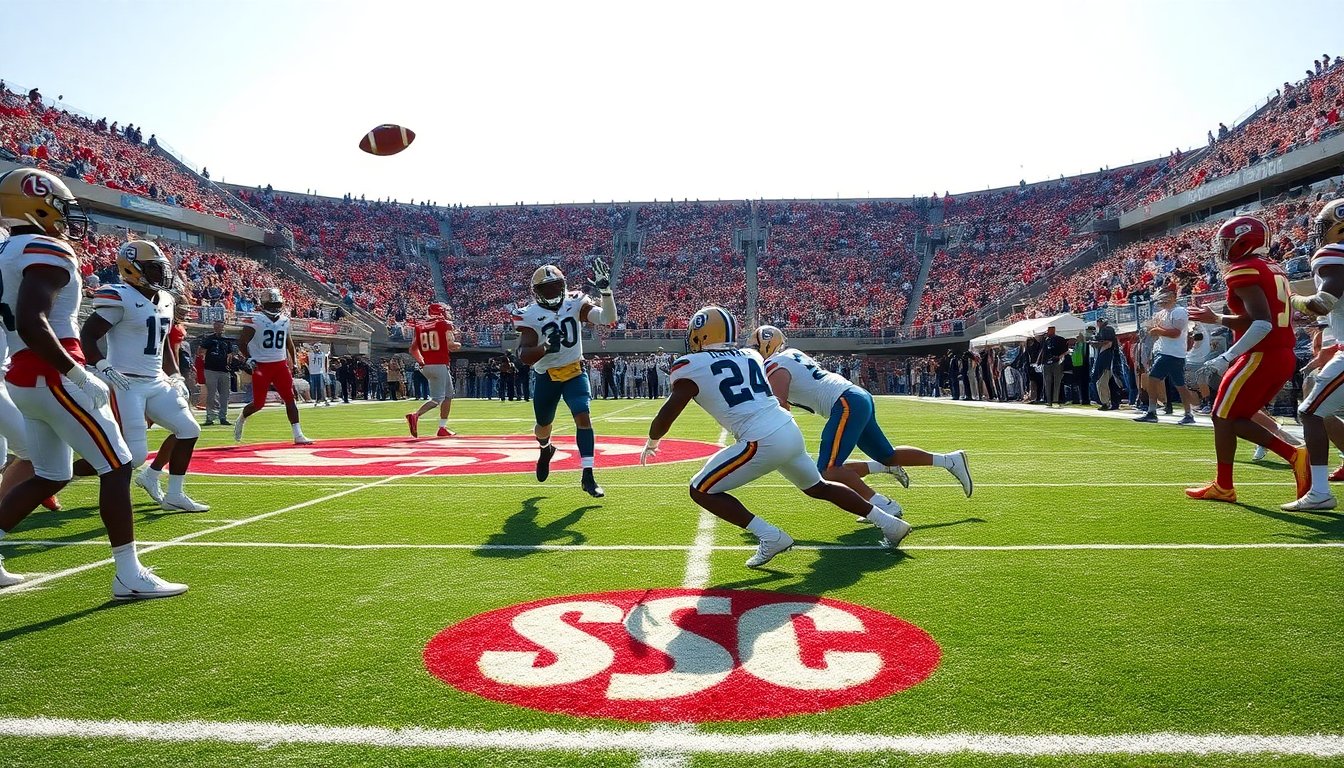Table of Contents
The Southeastern Conference (SEC) is widely recognized as one of the most competitive leagues in college football. Known for its toughness and talent depth, the SEC has a history of producing elite teams that compete for national championships. As the season progresses, however, the intensity that has characterized the conference may also pose challenges. The number of unbeaten teams is rapidly decreasing, prompting questions about the league’s overall strength.
The rise of fierce competition
This season, the SEC presents an unprecedented level of competition. Matchups between ranked teams have become routine, highlighting the league’s challenging environment. The rigorous schedule forces top-tier teams to face each other frequently, resulting in early losses that would be unthinkable in less competitive leagues.
The impact of a challenging schedule
The rigorous scheduling within the Southeastern Conference (SEC) presents significant challenges, even for the strongest teams. For example, teams that begin the season with aspirations of an unbeaten record often encounter formidable opponents early on. The intricacies of the conference schedule mean that every game is crucial, and a single misstep can result in a loss that jeopardizes postseason aspirations.
Additionally, the strain of maintaining an unbeaten record can lead to overexertion and injuries, complicating a team’s path through the season. Consequently, what once seemed a certainty for undefeated teams at the top of the standings is now becoming increasingly rare.
Trends in the SEC’s performance
The SEC is experiencing notable changes in team dynamics as the season unfolds. Historically strong programs now face competition from rising contenders. This transformation stems from various factors, including advanced recruiting techniques and enhanced coaching staff across the league.
Emerging challengers
New teams are not merely participating; they are making notable advances in the standings. Programs once regarded as underdogs are now consistently defeating ranked opponents, creating a more unpredictable and exciting season. This rise of challengers presents a complex scenario for the league: it elevates the level of competition while simultaneously leading to the decline of unbeaten records.
As competition intensifies, established teams face increasing pressure to uphold their historical achievements. The psychological toll of being viewed as a target can burden players and coaches, potentially resulting in performance drops and unforeseen outcomes.
The future of the SEC
The current trajectory of the Southeastern Conference raises significant questions about its future. With the number of unbeaten teams decreasing, the league’s status as the leading conference in college football could be jeopardized. To uphold its reputation, the SEC may need to prioritize a balance between competition and excellence.
While intense competition is a defining characteristic of the SEC, teams must adapt to the changing landscape. As rivalries intensify and stakes escalate, strategic planning and innovative coaching methods will be essential. The conference’s capacity to address these challenges will be crucial in determining if it can once again produce a multitude of unbeaten teams.
The Southeastern Conference‘s identity as the toughest league in college football is under considerable scrutiny. With each game, competition intensifies, and the number of unbeaten teams continues to decline. As the season progresses, fans and analysts will closely monitor how the SEC meets this challenge and whether it can restore its status as the gold standard in college football.


